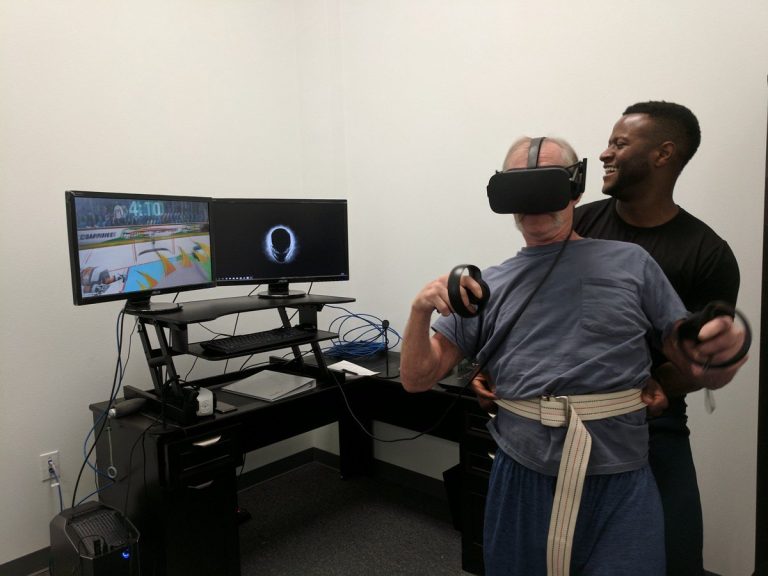Understanding Group A Streptococcus (GAS) Infection
Group A Streptococcus (GAS), also known as Streptococcus pyogenes, is a bacteria commonly found in the throat and on the skin. It can cause infections ranging from mild, like strep throat, to severe, such as necrotizing fasciitis, a life-threatening condition where tissue dies rapidly. GAS spreads through direct contact with infected individuals or contaminated surfaces.
In the case of the 47-year-old man, the bacteria entered his body during acupuncture, leading to septic shock and necrotizing fasciitis. Septic shock occurs when the infection overwhelms the body, causing organ failure. Necrotizing fasciitis, often called “flesh-eating disease,” destroys skin, fat, and muscle tissue. Without prompt treatment, it can be fatal.
Early diagnosis is critical. Symptoms of GAS infection include fever, severe pain, redness, and swelling. In this case, the man experienced fever and left thigh pain just days after acupuncture. Antibiotics are the primary treatment, but severe cases may require surgery or amputation to stop the infection.
Role of the Clinic and Environmental Factors
Environmental samples from the Causeway Bay clinic matched the GAS bacteria found in the patient. This suggests the clinic was the source of the infection. Contamination likely occurred through unsterilized needles, surfaces, or equipment.
Acupuncture involves inserting thin needles into the skin, which can introduce bacteria if proper hygiene is not followed. Clinics must use sterile, single-use needles and disinfect surfaces between patients. Regulatory bodies enforce these standards, but lapses can occur.
This case highlights the need for stricter oversight. Regular inspections and audits can ensure clinics follow safety protocols. Patients should also verify a clinic’s hygiene practices before treatment.
Preventive Measures and Public Health Implications
Patients seeking acupuncture should ask about sterilization methods and ensure needles are single-use. Clinics must maintain high hygiene standards, including disinfecting equipment and surfaces.
Public health agencies play a key role in tracking infections and investigating outbreaks. Reporting adverse events helps identify risks and improve safety. Education is also vital. Patients should know the signs of infection, such as fever, pain, or swelling, and seek medical help immediately.
This case underscores the importance of balancing traditional practices with modern safety standards. Ongoing research and public health initiatives can ensure acupuncture remains a safe treatment option.












